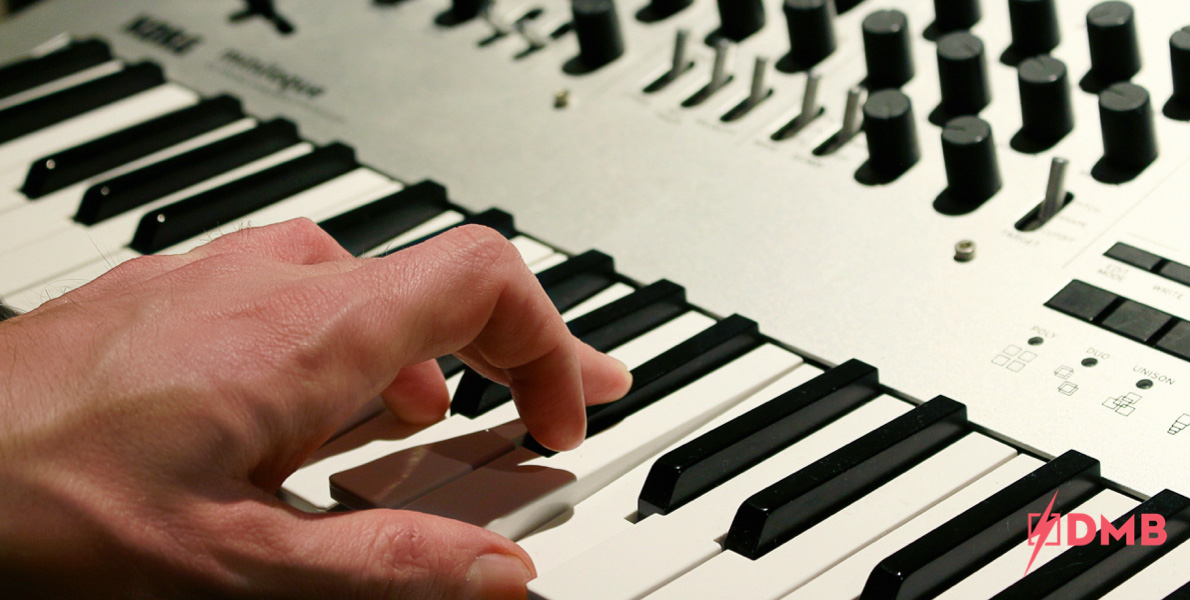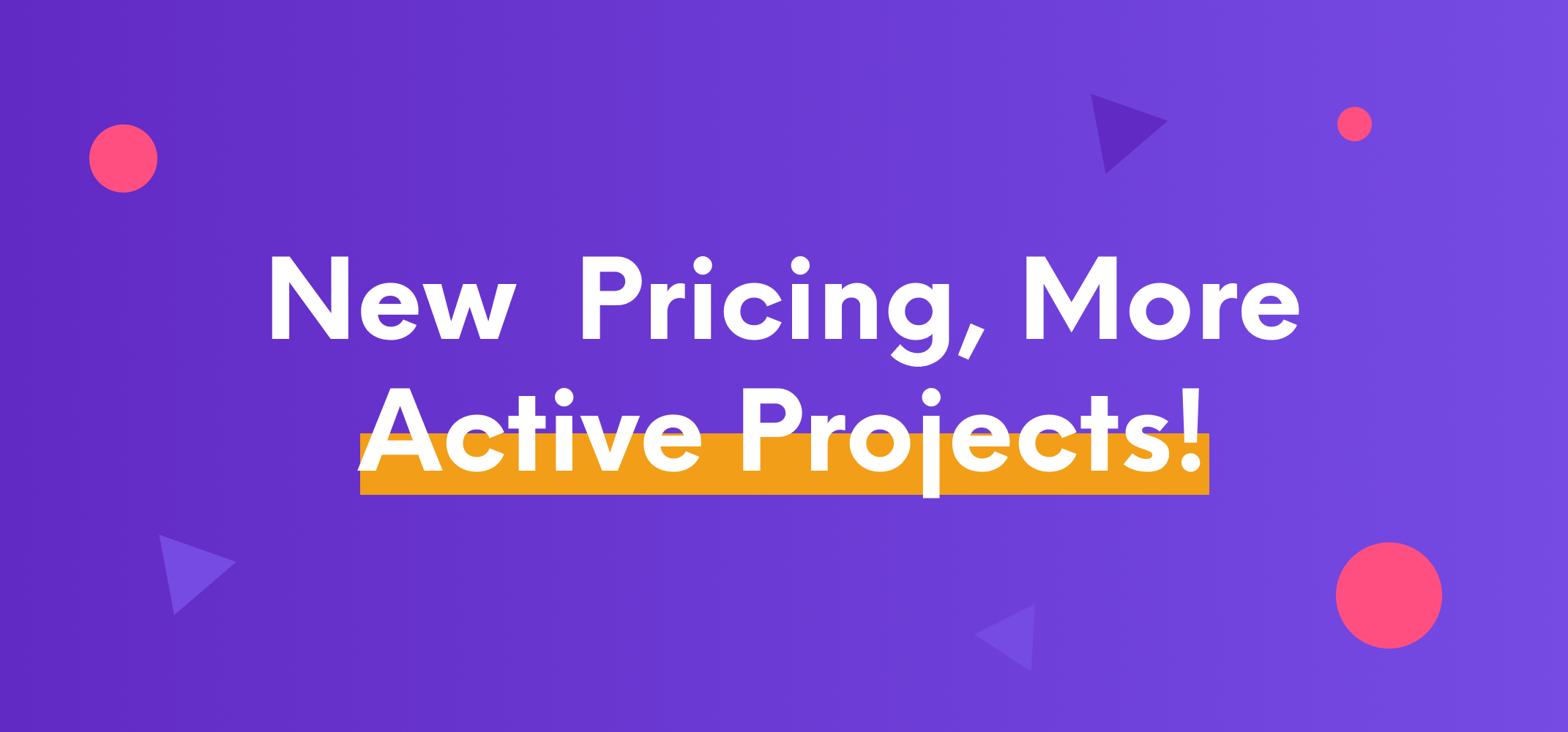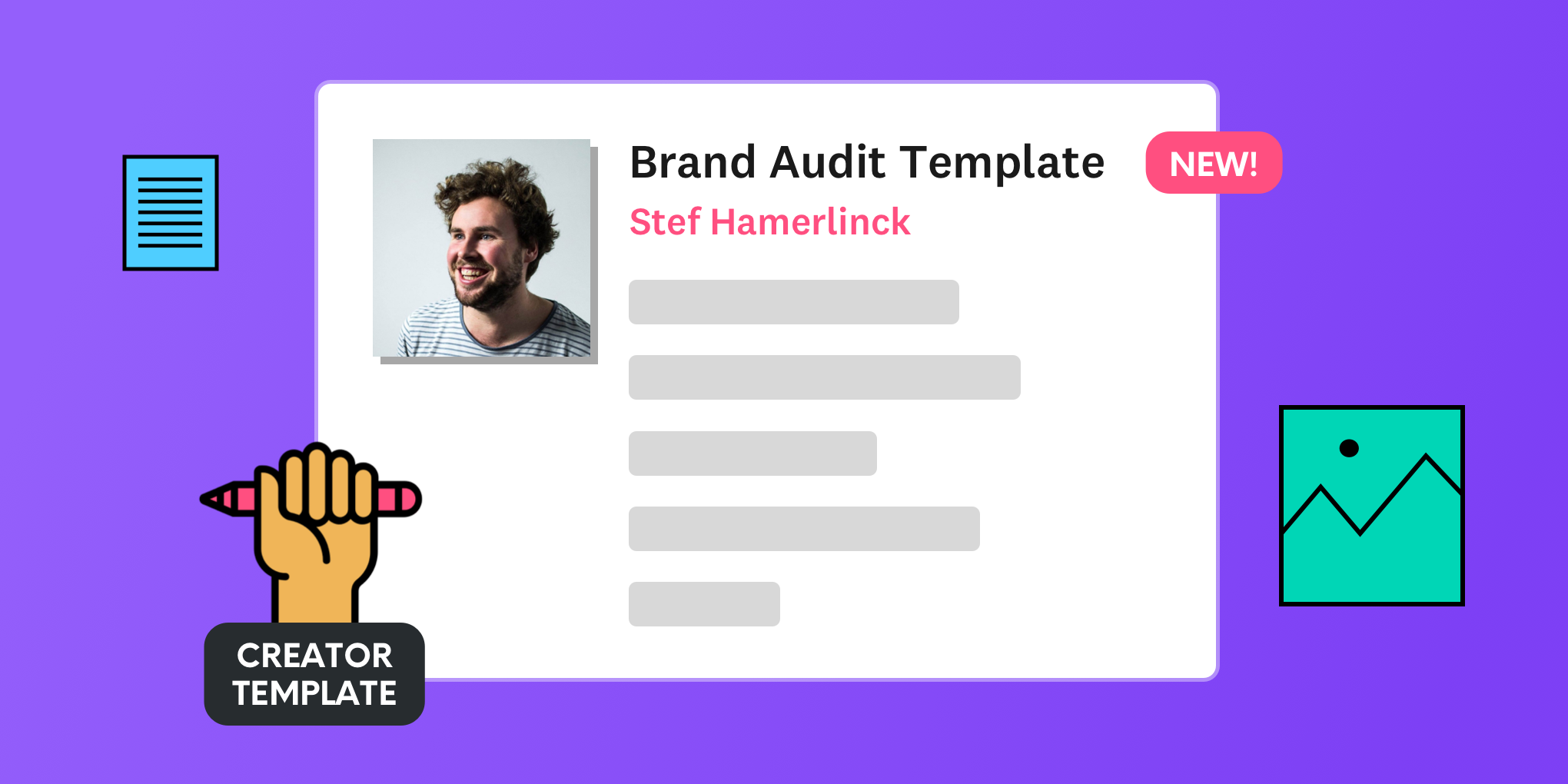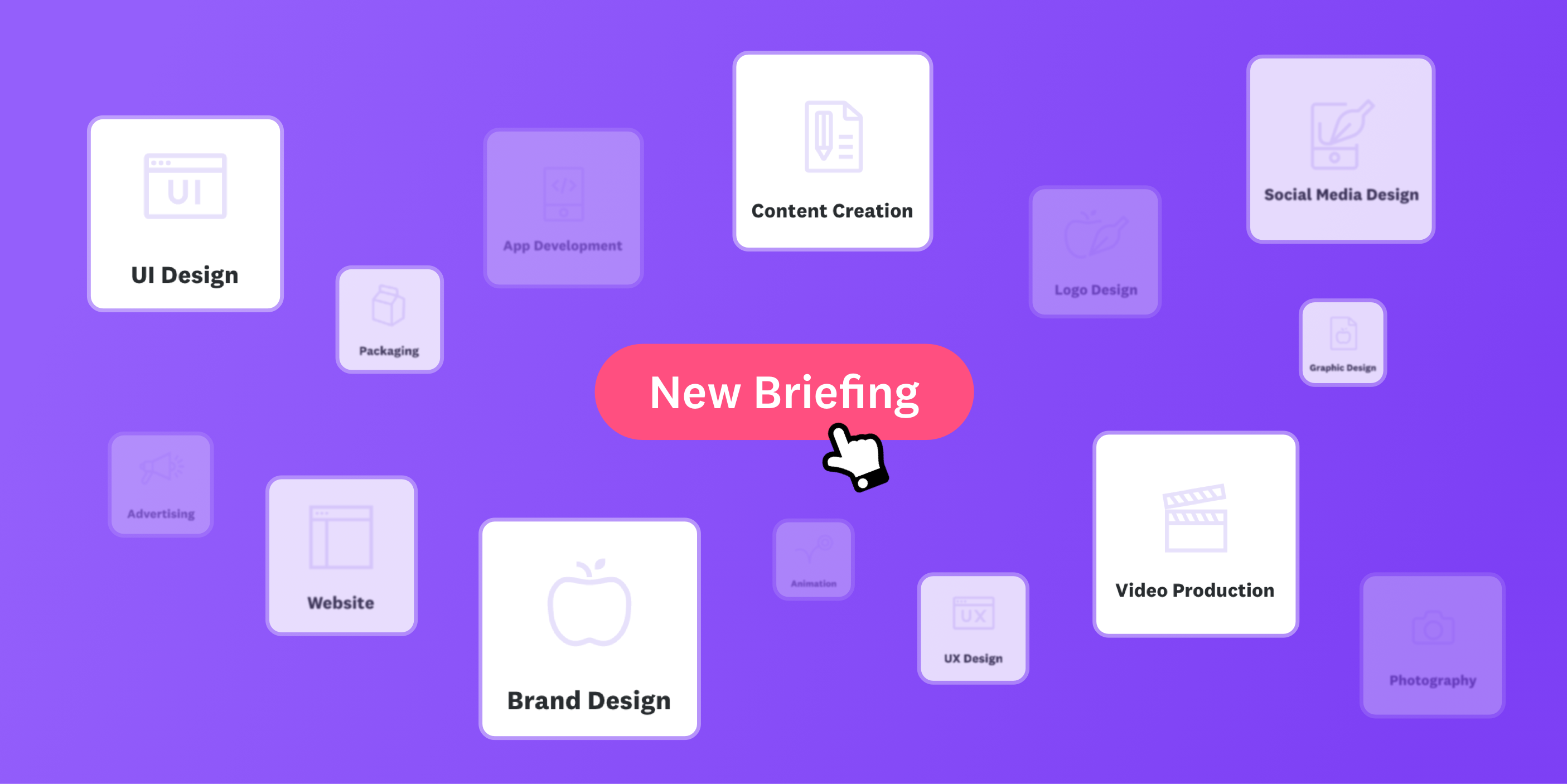Today Audio Branding or Sonic Branding has become a brand’s must-have; and not just for big brands with big budgets. Social media is changing our lives and the way we communicate. In an ever-evolving voice world, brands have an incredible opportunity to form deeper relationships with their customers.
We took this opportunity to connect brands with their audience through sound and set up our own Audio Branding studio. If you are a Branding Studio who hasn't offered Audio Branding yet as a service, we highly recommend it! Over the next decade, what brands sound like, will become a crucial variable of success in a world that will be driven primarily by two things: voice and brand.
What is Audio Branding?
Let’s start by defining what Audio Branding is and what the benefits are of developing it.
Audio Branding is the strategic design of a brand’s expressions through sound to build lasting value. By developing their Audio Branding a brand can improve awareness, memorability, differentiate from its competitors, develop a sense of belonging, and improve User Experience. It builds trust and strengthens the bond with the brand’s stakeholders by connecting on an emotional level. - Who would say no to that?
“The quality of sonic branding strategy will determine the effectiveness of the overall brand strategy. It’s that important.” – Rob Davis, Head of Digital, US at Ogilvy.
Creating a Music Brief
It is important to start from common ground to build a correct music briefing so that you are able to create the best suiting Audio Assets for your client's project. We – as an Audio Branding studio with 9 years of experience in this niche field – have come up with the following briefing system that covers all the information we need to know from our clients, in order to successfully connect with their audience with a unique and consistent sound.
We use this framework to gather key information to successfully execute the project and to measure results by setting explicit goals and objectives. For this, we’ve found that HolaBrief is the most versatile and useful tool to use. It nucleates all the info and enables us to personalize the process according to the different needs of each client's project. Let's break down our Audio Briefing process with the help of HolaBrief:
Project overview
First things first. Who is your client? Why are you doing this project? Is it a rebranding, a Brand creation, a Brand evolution, or are you developing an Audio Branding for the existing Brand expressions? We also need to be aware of the project scope, how many deliverables are there going to be, and the deadlines and milestones of the project.
Project Goals
What is the objective of the project? What is your client trying to achieve by developing an Audio Branding, and how is each of these goals going to be measured? This is very important because once the project is finished, only by knowing this we can keep track of how effective the work is and how it can be applied in your portfolio for future reference.
Rational Questions
Once we have a clear vision about the project scope and deadlines; it is time to deep dive into the brand and its history. Having the right people involved in the research stage of the project is key; decision-makers, marketing people, and potential clients. Simply put, the team that is going to determine the effectiveness of the overall branding strategy. What is the product or service? How is it perceived by their audience? What are the brand’s values, what is its culture like; and most importantly; what makes this brand unique?
Competitors Map
Get a clear understanding of the sound of direct competing brands, to avoid sounding similar to them. Get to know the industry your client's project is in. With the HolaBrief tool, you can easily add competing brands to the Competitor Mapy and visualize the competition. In the comment section, you are able to add details of how the competing brands sound.
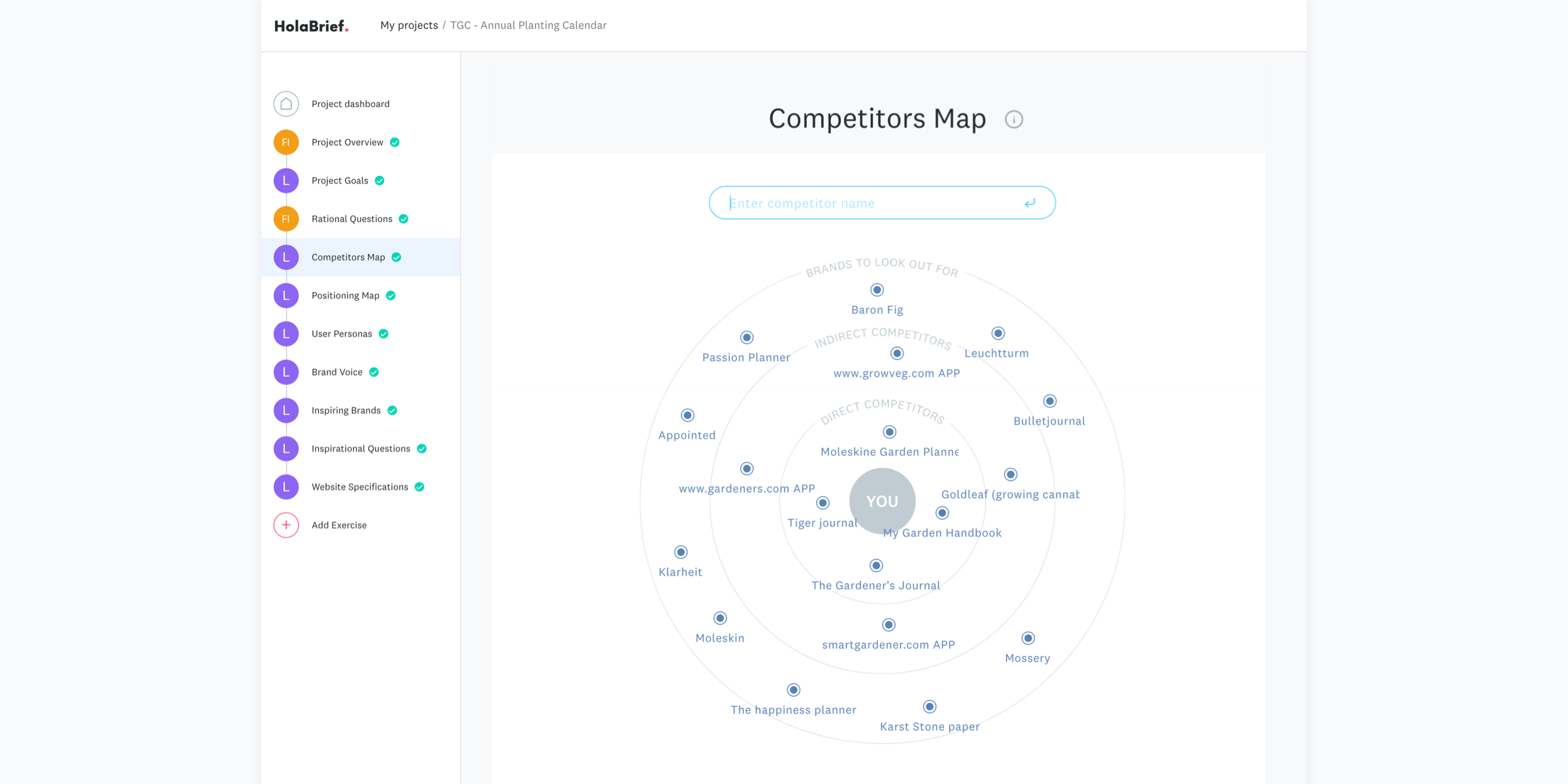
Positioning Map
Now that you've analyzed the current positioning of your client's brand, their competitors, and their strategy, it is possible to have a better view of how they can distinguish themselves through sound. Use that knowledge to your advantage to reach a unique market sound and translate that into your client's Sound Identity.
For example, if you found out that your client should use empathy as a tool to connect with their customers, you could use that to create a friendly non-invasive sound for your client's brand and all of its touchpoints.
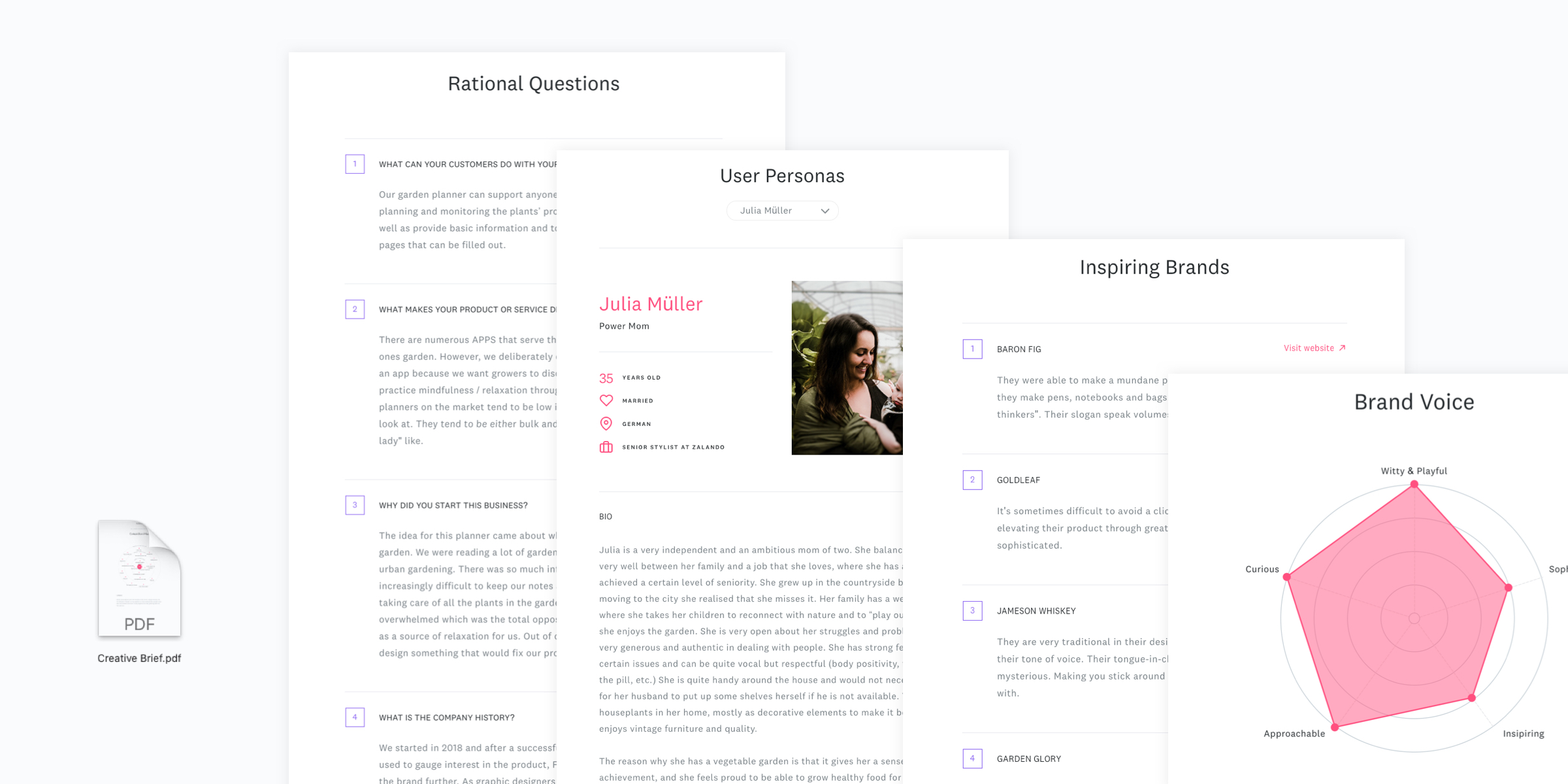
Inspirational Questions
Get insights into the long-term future of your client's brand vision. Like, Where do they see their brand in 10 years? What's their vision? Ask about the brand’s personality, How would the brand's tone be described? How does the brand make you feel? Answers to these questions could sound like: “Bold, Trustworthy, Calm, Joyful...”
Brand Voice
The personification of the brand from the previous section helps define the brand voice. It is possible to have more than one brand voice depending on the communication channels and content. It can also give some hint of a personality feature that can be translated into a specific sound era or Instrument. In HolaBrief, map the 5 main characteristics of how the brand should sound like and plot their importance on the spider graph. This will create a personality profile for your audio project.
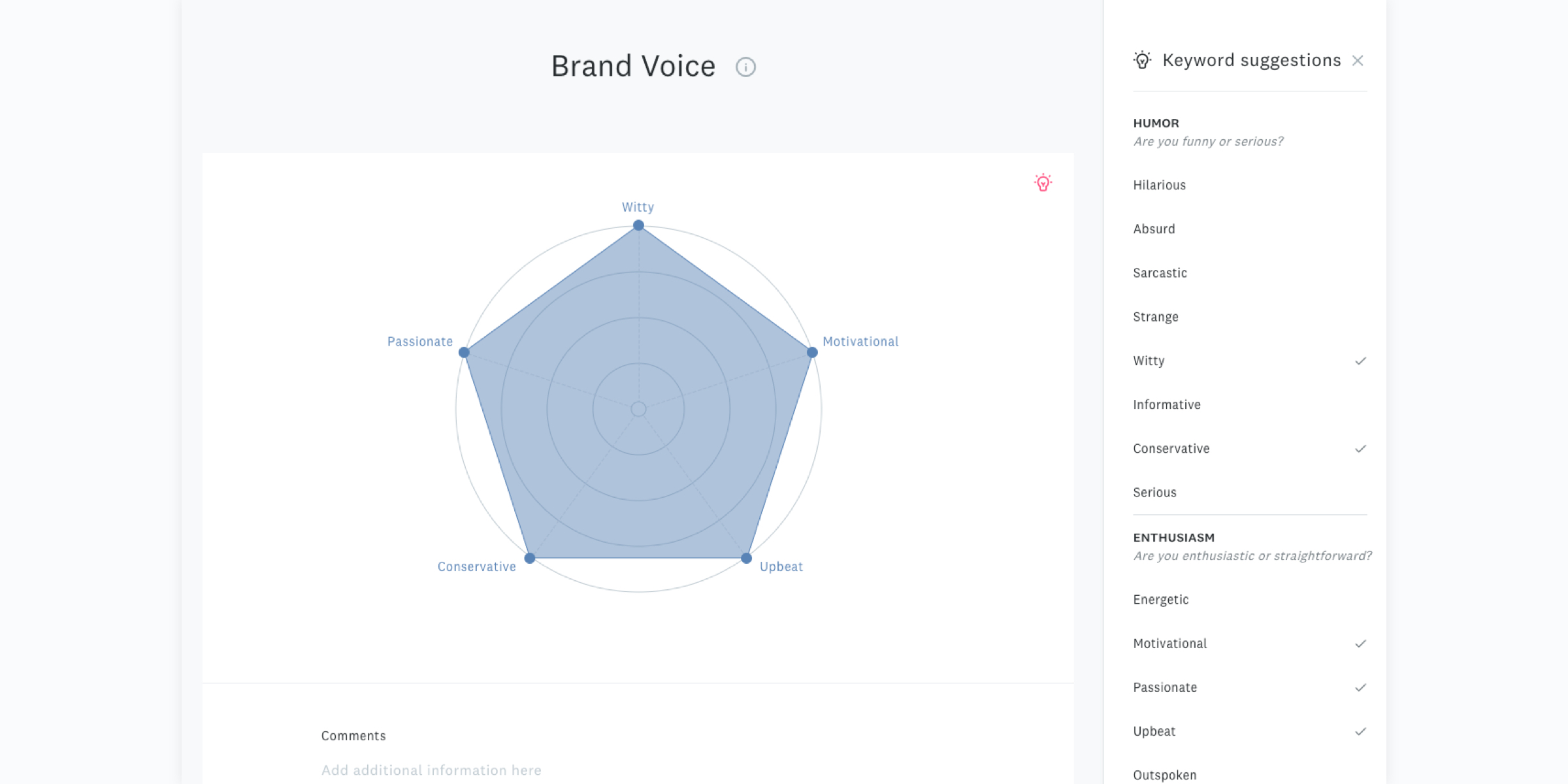
User Personas
Understanding the personification of your client's ideal user is a powerful tool. Only by knowing who the brand is trying to reach can you create an effective audio branding that connects emotionally. You need to put yourselves in the shoes of that segment and know about their music preferences. When and how would they interact with your brand's sound?
For example, if your client is a bank that is aiming to catch young professionals' attention, they will probably go for something bolder sounding than a bank that's aiming to a population segment more mature. The latter would aim to sound more trustworthy, reliable, and traditional.
Music taste
When dealing with personal brands or smaller brands that are managed by one person, we usually add to the briefing process some more additional questions about musical taste. We do this because in these projects they have to like it because it's a representation of them as a brand. We usually add questions like musical preferences or cultural background. Knowing the music & rhythms that make them dance, is a must in these particular situations. Luckily with HolaBrief we are able to customize the Audio Briefing to each project and add additional questions to the Inspirational Questions section, as much as we feel is necessary to have all the information needed to start the creative process.
Conclusion
Creating a strong music brief is key to an effective audio branding process. As well as involving the right people in the process, like CEOs, CMOs, Brand Strategists, Customer Support. As well as the people you are trying to reach and the problems you are trying to solve for them. They are the ones who are going to experience your client's brand in all of the touchpoints and feelings.
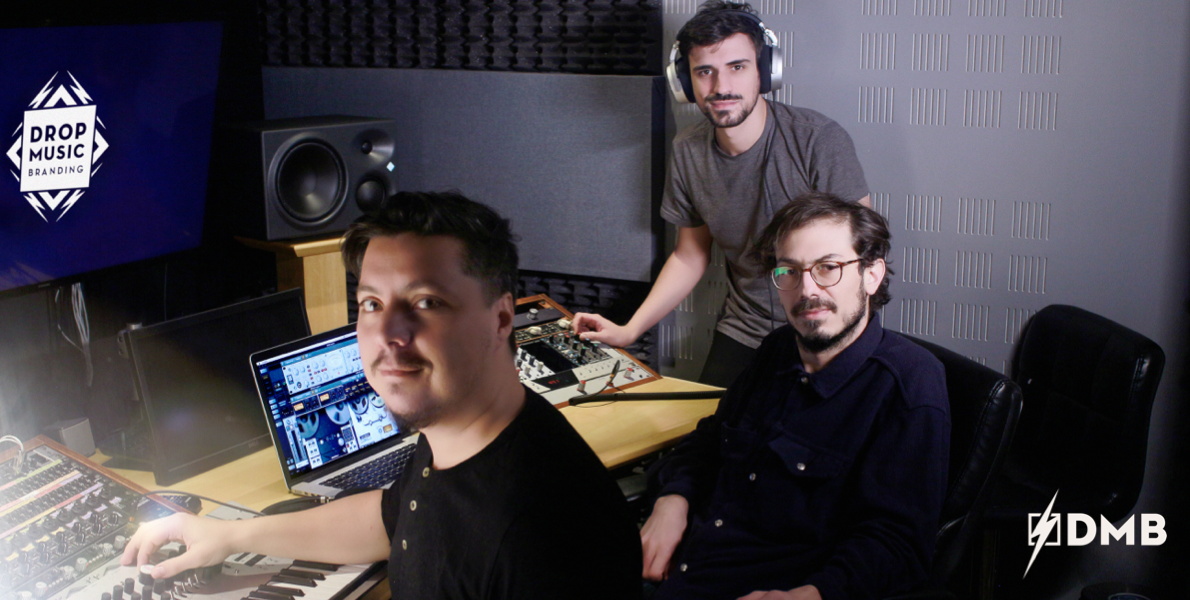
The team at Drop Music Branding
We understand that not everyone can communicate their feelings in musical terms. That’s why we started setting up strong music briefs with the help of HolaBrief. Our job is to translate our client's feelings and brand concepts into Sound & Music that represents our client's stories and help them succeed in creating strong emotions with their audience. That requires special sensitivity. And every bit of knowledge we can get on our client's brand may change the outcome!
Read our next article Audi Branding Case Studies: From music brief to finished audio Logo to learn how to put the theory into practice.

